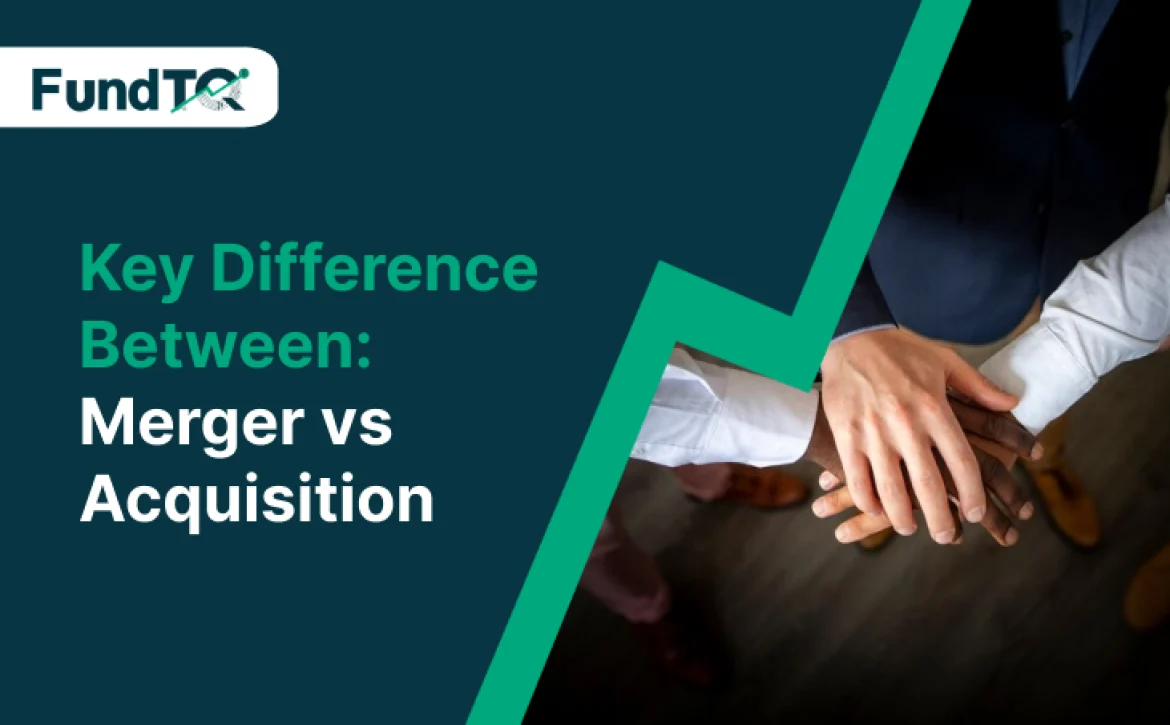Mergers vs Acquisitions – Key Difference Between
A merger and an acquisition both involve the consolidation of business entities, resulting in a restructuring of their corporate framework to enhance efficiency and competitiveness. Despite their shared goal of achieving synergies, there are distinct differences between mergers vs acquisitions in terms of initiation, process, and outcomes.
What is Merger?
A merger occurs when separate organizations decide to combine forces, forming a new business entity. This decision is typically mutual, with the merged entity adopting a new name, ownership, and management structure that incorporates employees from both merging companies. Mergers often aim to expand market share, enter new markets, reduce operating costs, increase revenues, and broaden profit margins. In this process, there is no exchange of cash, and the merged company issues new shares distributed proportionately among existing shareholders.
For instance, the British multinational enterprise GlaxoSmithKline emerged from the merger of pharmaceutical companies Glaxo Welcome and SmithKline Beecham in 2000.
What is Acquisition?
An acquisition involves one organization acquiring another, requiring the purchase of at least 51% of the target company’s stock for absolute control. Acquisitions typically involve a financially stronger entity taking over a smaller, comparatively weaker one. Unlike mergers, acquisitions may not be mutually agreed upon, and in some cases, they can occur as hostile takeovers. The acquired company usually continues operations under the name of the acquiring company, which may retain or lay off the acquired company’s staff. There is no issuance of new shares in acquisitions.
For example, in 2017, Amazon acquired the American supermarket chain Whole Foods Inc. for $13.7 billion, with Whole Foods still operating under its original name but controlled by Amazon.
Key Differences Between: Mergers vs Acquisitions
While both mergers and acquisitions (M&A) involve the combining of companies, the processes and outcomes differ significantly. Here’s a breakdown of the key distinctions:
| Merger | Acquisition | |
| Formation of a New Entity | Two or more companies come together to form a completely new legal entity. This new entity inherits the assets and liabilities of the merging companies. | One company (acquirer) takes complete ownership and control of another (target company). The target company essentially ceases to exist as a separate legal entity. |
| Decision-Making Process | Mergers typically involve a mutual agreement between both companies. Negotiations and approvals from boards of directors and shareholders are crucial. | Acquisitions can be friendly or hostile. While friendly acquisitions involve consent from the target company, hostile takeovers occur without their approval. Hostile takeovers often involve complex legal battles. |
| Company Identity | The merged entity adopts a completely new name, signifying the creation of a new organization. | The acquired company typically ceases to operate under its original name. It’s often absorbed into the acquirer’s brand identity. |
| Size and Financial Strength | Merging companies are often of similar size and financial stature. Mergers can be a strategic way for companies to combine resources, expertise, and market share. | The acquiring company is usually larger and financially stronger than the target company. Acquisitions are often used to gain access to the target’s technology, market reach, or talent pool. |
| Power Dynamics | Mergers often involve a “dilution of power” as both companies share control and decision-making within the newly formed entity. | Acquisitions result in a clear shift of power. The acquiring company holds absolute control over the target company’s operations, management, and future direction. |
Conclusion
Mergers and acquisitions (M&A) are powerful tools for companies seeking growth and strategic advantage. Understanding the key differences between mergers and acquisitions – formation of a new entity, decision-making process, company identity, size and financial strength, and power dynamics – allows businesses to make informed decisions about the best path forward.
Mergers provide a collaborative approach for companies of similar size to combine resources, expertise, and market share. This option fosters innovation and can create a stronger, more competitive entity.
Acquisitions offer a faster route to expansion, allowing a larger company to acquire the technology, talent, or market reach of a smaller one. However, integrating different corporate cultures can be challenging.
Ultimately, the choice between a merger vs acquisition depends on the specific goals and circumstances of each company involved. By carefully considering the various factors and potential outcomes, businesses can leverage M&A strategies to achieve long-term success.
Get merger and acquisition services for your business


